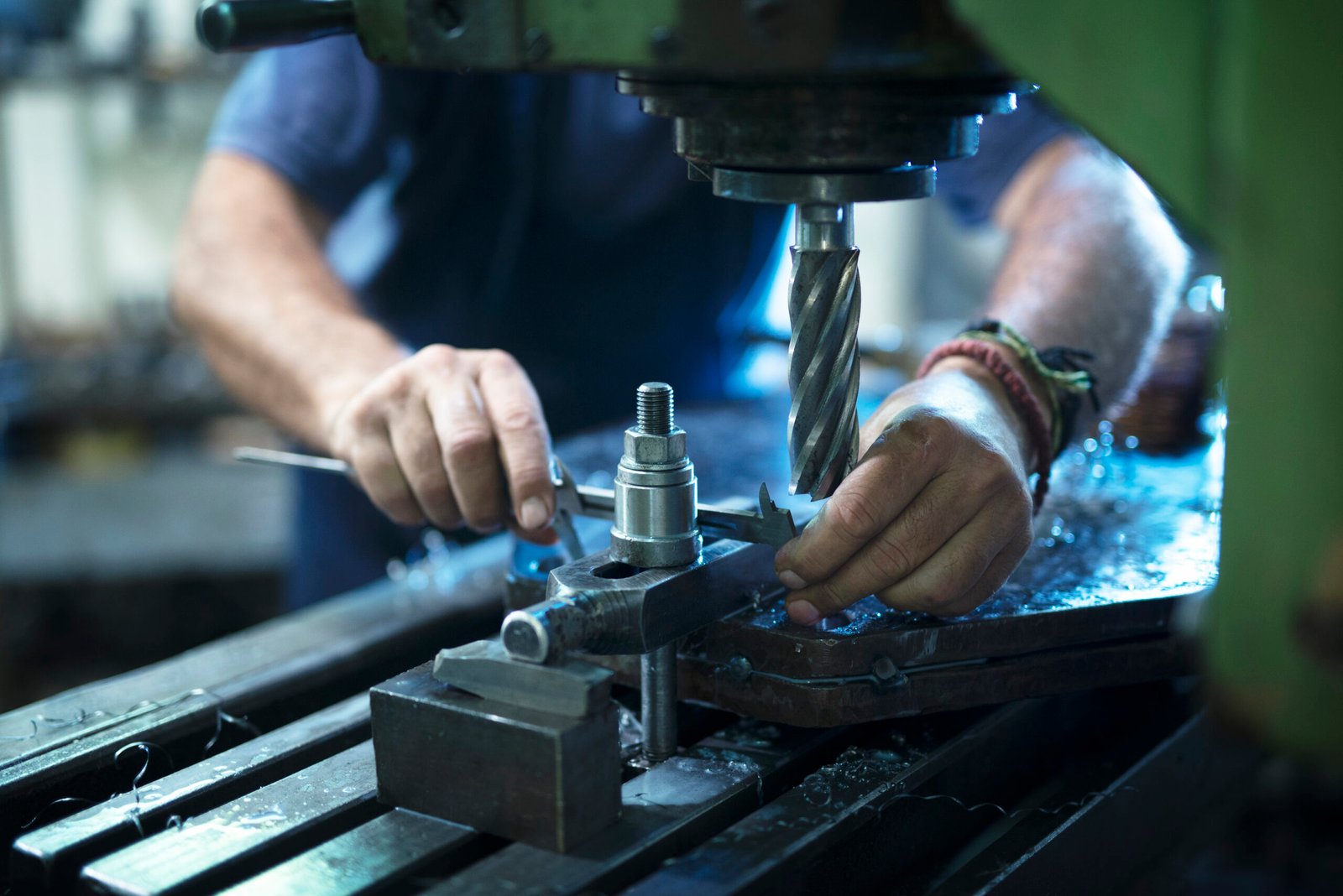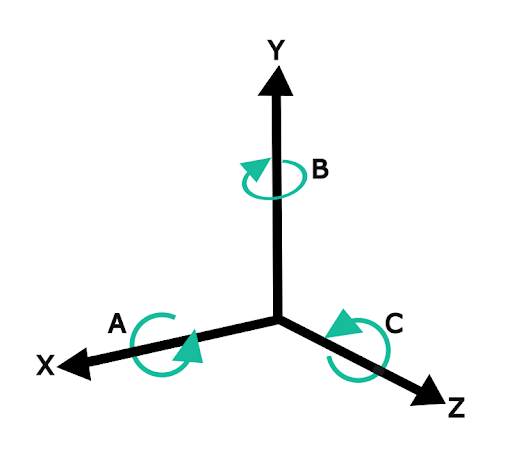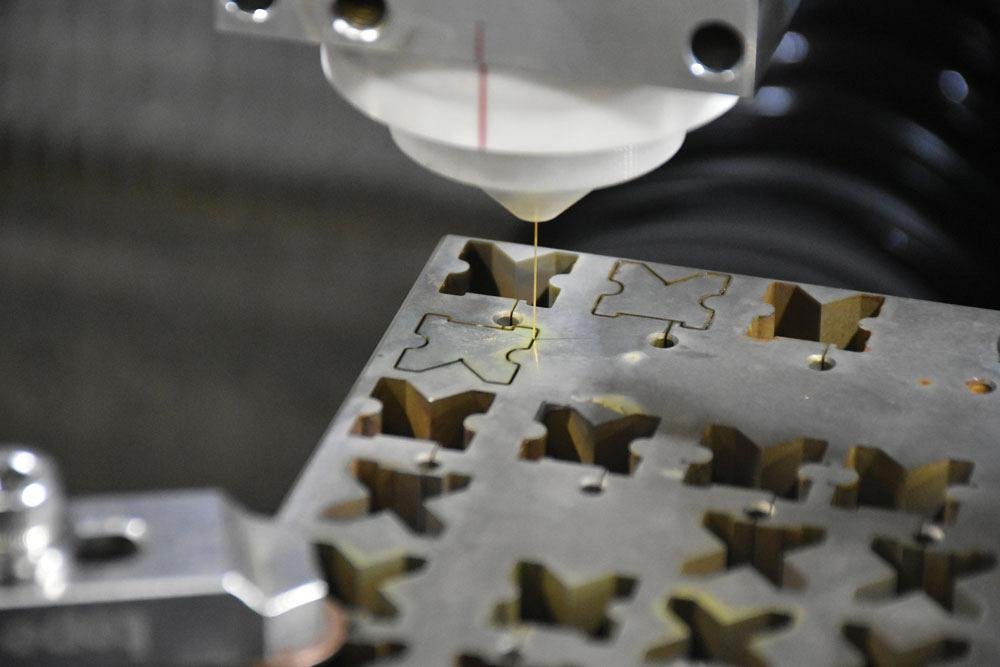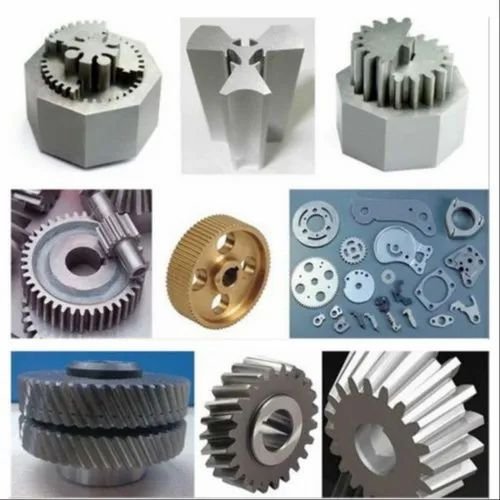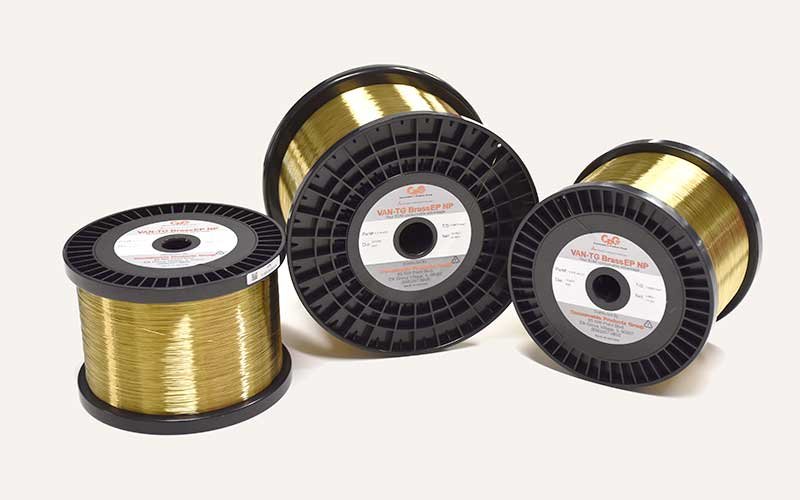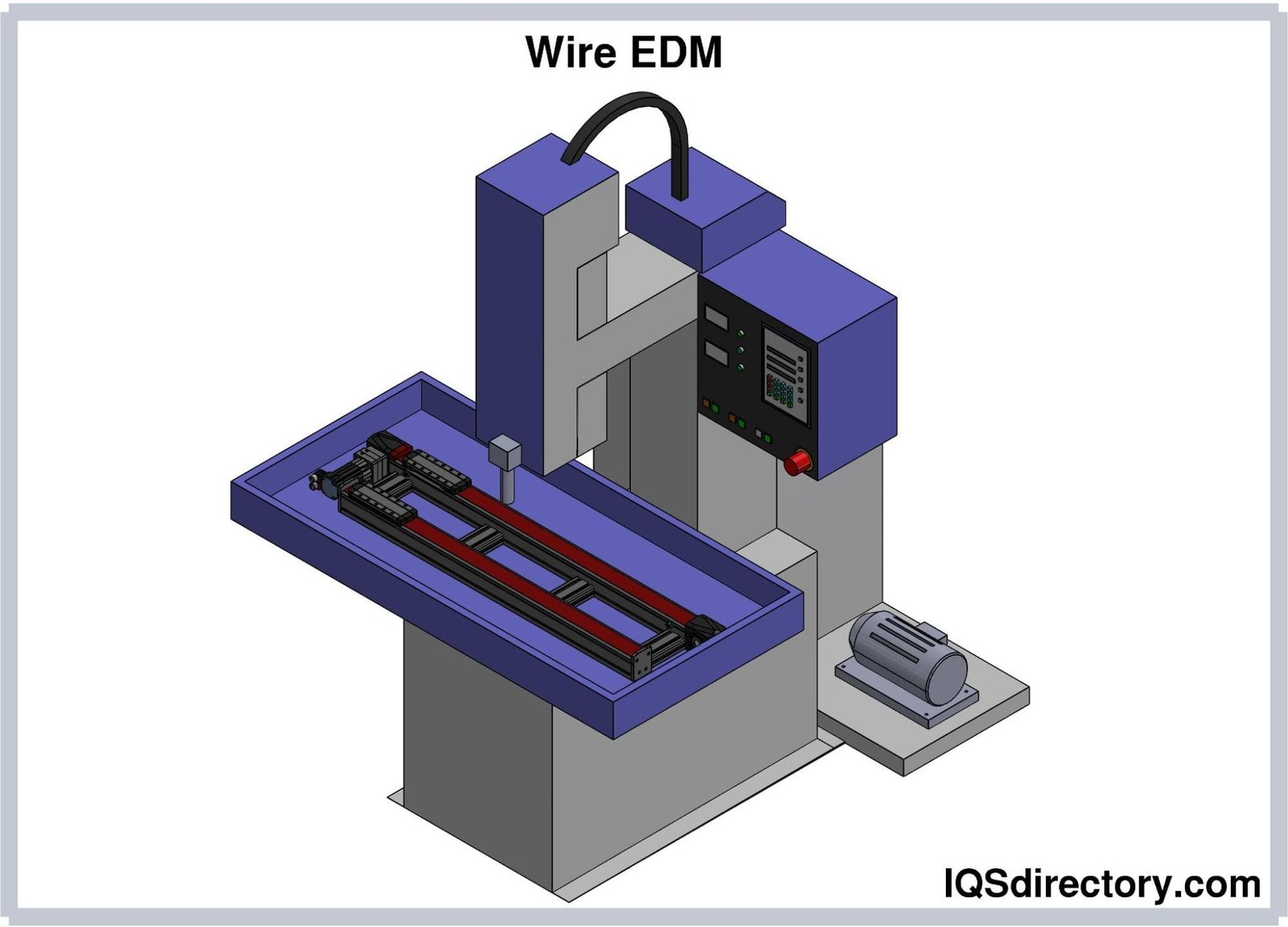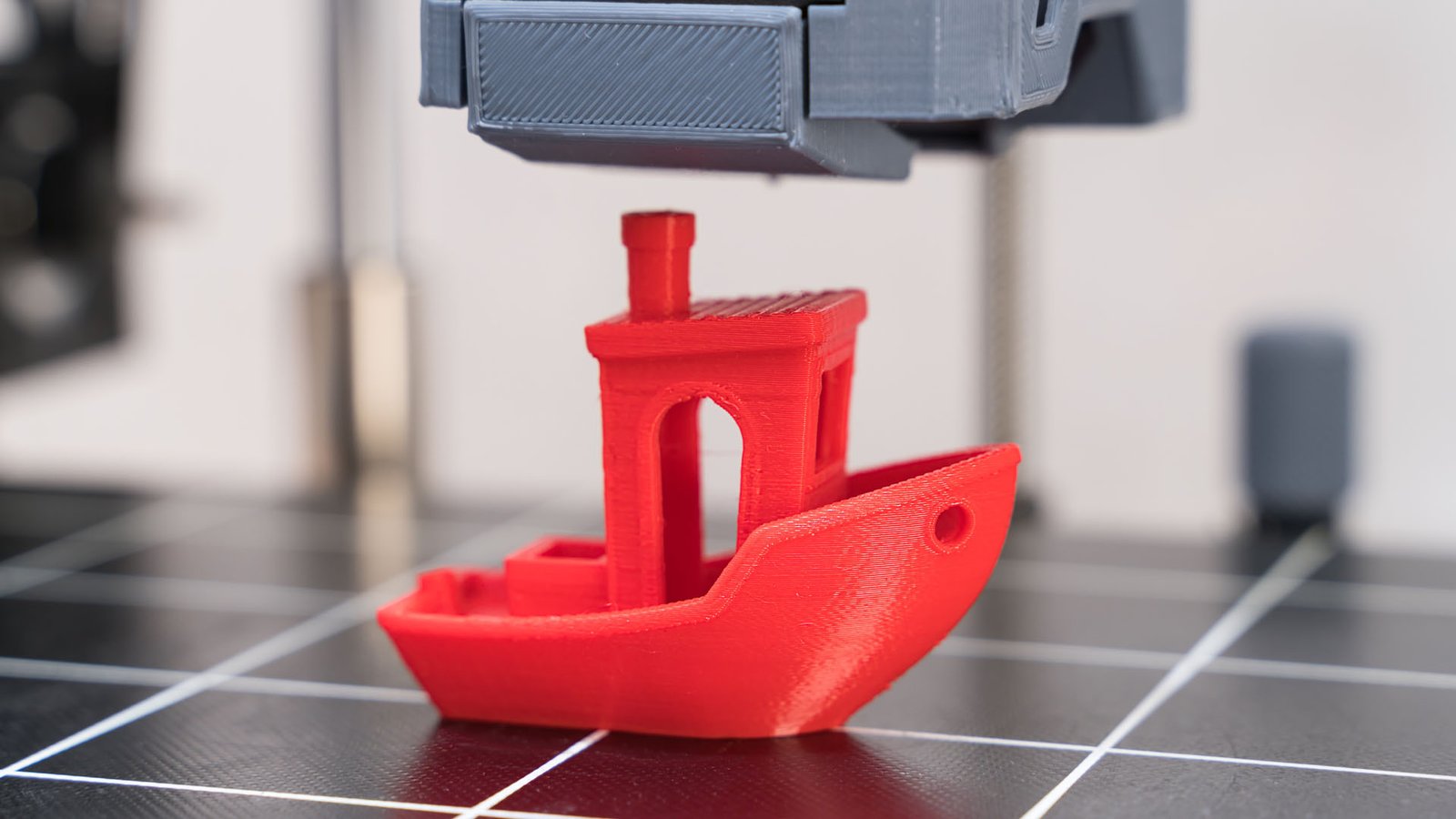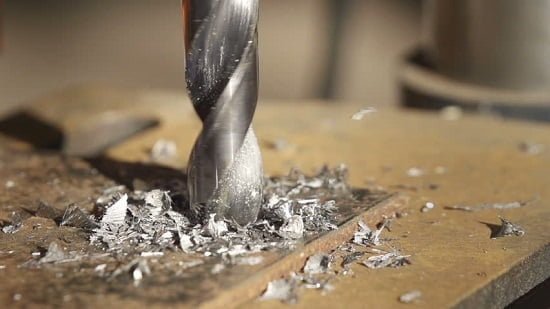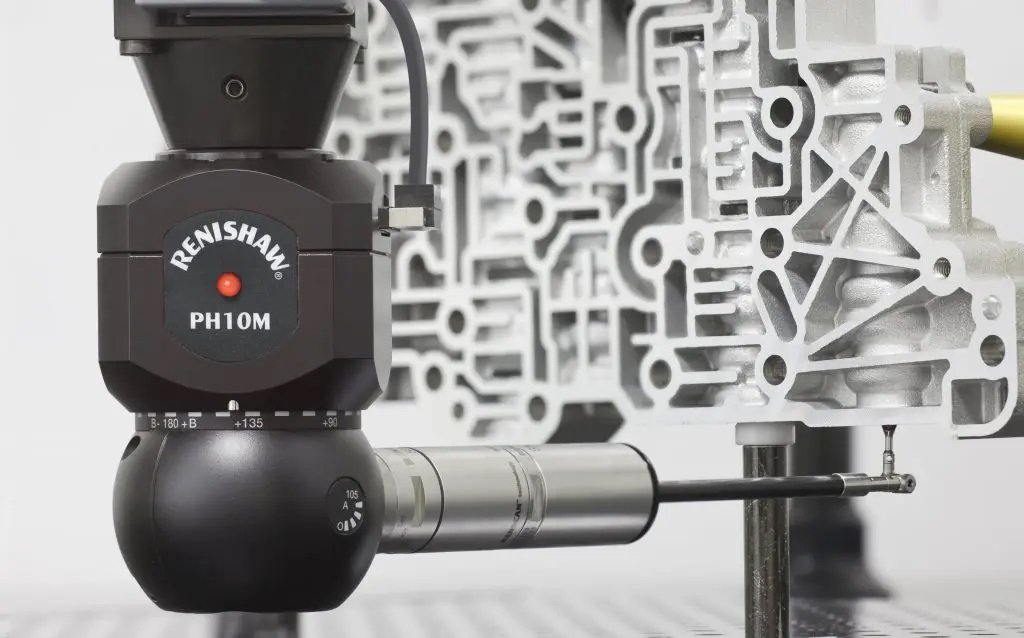what is machining?
Machining is a manufacturing process that involves the removal of material from a workpiece using power-driven machine tools to shape it into a desired form. This process can be performed on various materials, such as metals, plastics, composites, and wood. Machining is typically used for creating parts and components with precise dimensions and a high-quality surface finish.
Milling is a versatile and widely used machining process in which a rotating cutting tool removes material from a stationary workpiece, creating a variety of features like slots, holes, and contours. Employed in a range of industries, from aerospace to automotive, milling machines come in various configurations, including horizontal and vertical orientations. This process excels in producing complex and precise parts, making it indispensable in modern manufacturing for creating everything from simple brackets to intricate mechanical components. Its capability to handle diverse materials and intricate geometries makes milling a fundamental technique in any machine shop.
Turning is a fundamental machining process where a workpiece is rotated against a stationary cutting tool, primarily used on lathes, to shape cylindrical parts. This process is integral to manufacturing industries for producing precise and smooth cylindrical components like shafts, rods, and bushings. Turning is characterized by its ability to achieve high precision and surface finish, making it ideal for creating parts that require exact diametrical tolerances and smooth surfaces. Its simplicity and efficiency in removing material from external and internal surfaces of rotating workpieces make it a staple in both large-scale production and specialized custom manufacturing.
Drilling is a machining process that creates round holes in a material using a rotating cutting tool called a drill bit. It’s one of the most basic and essential operations in manufacturing, used in a variety of applications from simple hole creation to complex operations like deep-hole drilling. Drilling can be performed on various materials and requires selecting the appropriate drill bit type and size for the specific material and hole requirements.
Boring is a machining process that enlarges and refines the diameter of an existing hole. It’s typically used after drilling to achieve greater accuracy and a smoother finish in the hole’s interior. Boring can be done on a variety of machines, including lathes and milling machines, and requires special tools like boring bars. This process is essential for applications where hole diameter, roundness, and surface finish are critical.
Reaming is a finishing process used to slightly enlarge holes and improve their dimensional accuracy and surface finish. A reamer, a rotating cutting tool with several cutting edges, is used for this purpose. Reaming is an essential step in precision machining where tight tolerances and smooth internal surfaces of holes are required. It’s typically performed after drilling to achieve a higher level of precision that drilling alone cannot provide.
Tapping is the process of cutting threads inside a hole so that it can accept a bolt or screw. It is an essential part of manufacturing where threaded fasteners are required for assembly. Tapping can be done manually or with a machine and requires precise control to ensure the threads are accurately formed for a proper fit with the fastener. This process is widely used in mechanical assembly, construction, and automotive industries.
Sawing aims to create smaller cut lengths of bar stock material, using a saw, or cut-off machine that passes a spinning (circular saw) or linear (band saw) toothed blade against the material to cut a kerf (thickness) from the material until it is cut in two. Depending on the material, a certain blade speed (in meters per minute, or feet per minute)measured as the linear speed of the teeth, may be required, between as low as 200 or 1000 feet per minute.
Grinding is a precise and versatile machining process where an abrasive material, like stone, aluminum oxide, or diamond, rapidly moves or rotates against a workpiece to wear away material. This operation, using the abrasive surface of the tool, is primarily used for finishing workpieces to achieve a high degree of surface finish and accuracy in dimensions. The grinding tool applies a small amount of force, leading to fine material removal, and allows for achieving tight tolerances and smooth surfaces that might be difficult with other machining processes. Commonly used in tool and die making, automotive, aerospace, and general manufacturing, grinding is crucial for producing parts that require extremely smooth finishes and precise contours, like engine parts, cutting tools, and camshafts. This process is especially valuable when working with hard materials that are difficult to machine using traditional cutting methods.
Counterboring is a machining process that creates a flat-bottomed enlargement at the mouth of an existing hole, often used to recess bolts or screw heads. This process allows fasteners to sit flush with or below the surface of the workpiece. Counterboring is critical in many manufacturing applications where a clean, professional finish and structural integrity of the assembled parts are required.
Countersinking is a machining process used to create a conical hole that matches the angle of a flat-headed screw or fastener. This allows the head of the screw to sit flush with or below the surface of the material. Countersinking is often used in conjunction with drilling to prepare holes for specific types of fasteners. It is a crucial step in many assembly processes, ensuring a smooth, aesthetically pleasing finish.
Latest Articles in your inbox
Subscribe to our newsletter to get the newest manufacturing and industrial services articles in your inbox once a week.

